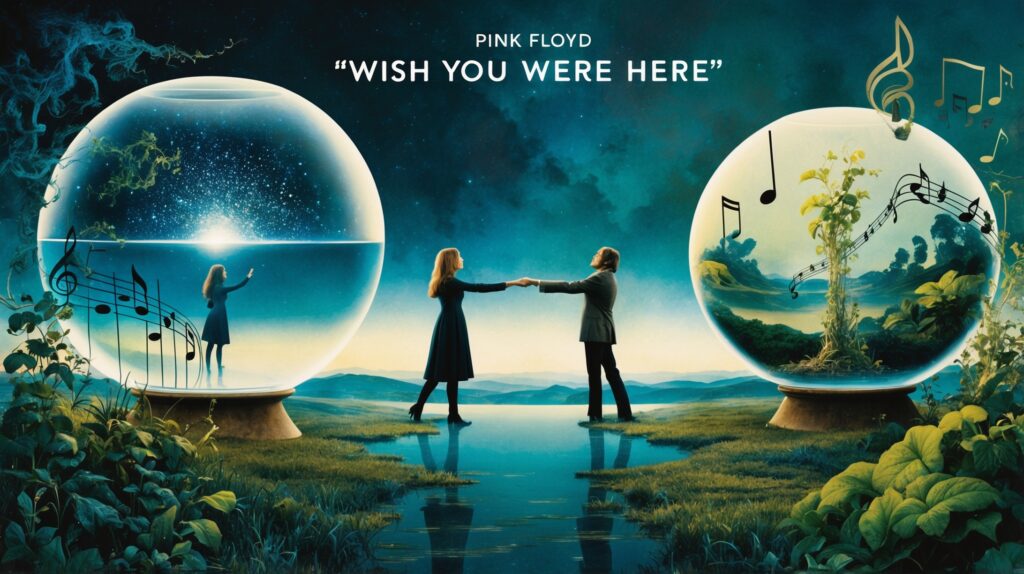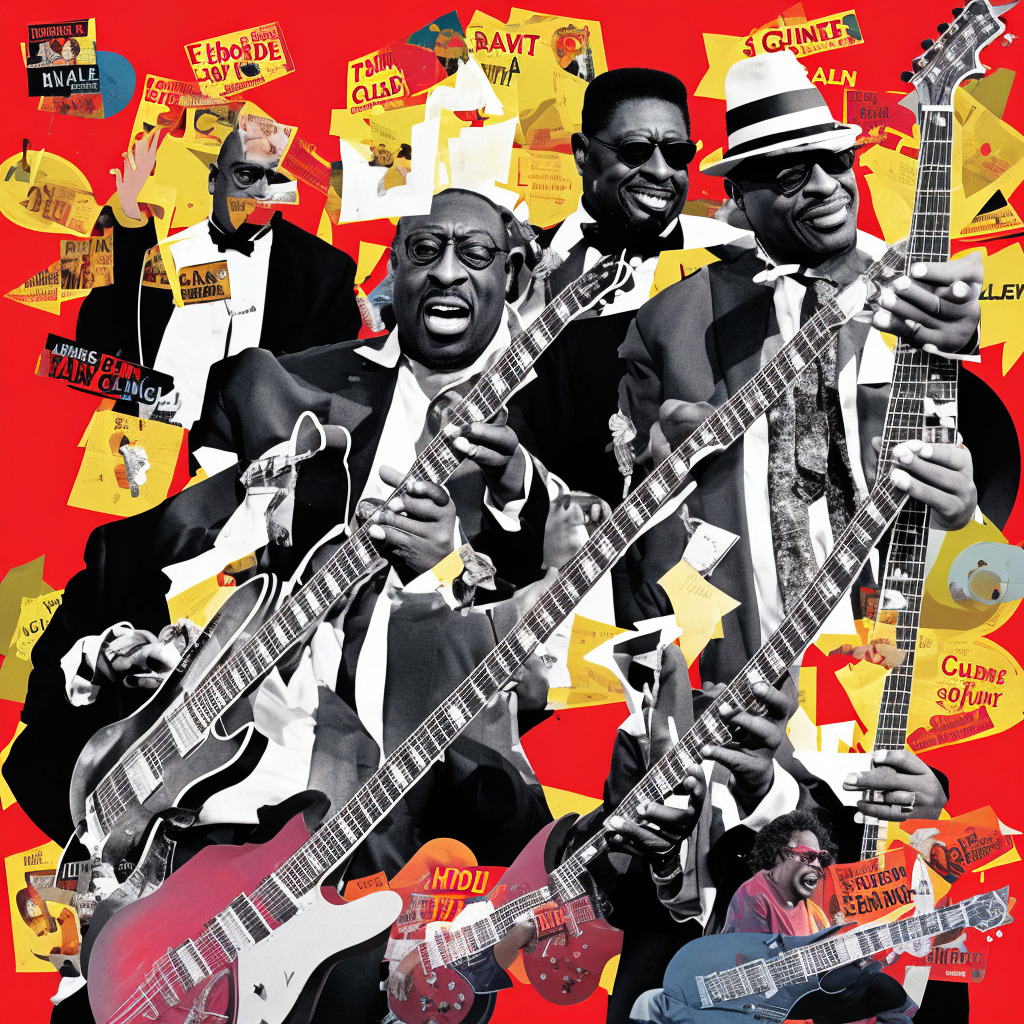Jethro Tull: A Band with a Legendary Flute Performance at Its Core
An introspective look at the origins and evolution of Jethro Tull, focusing on their musical journey leading up to the groundbreaking ‘Aqualung’.
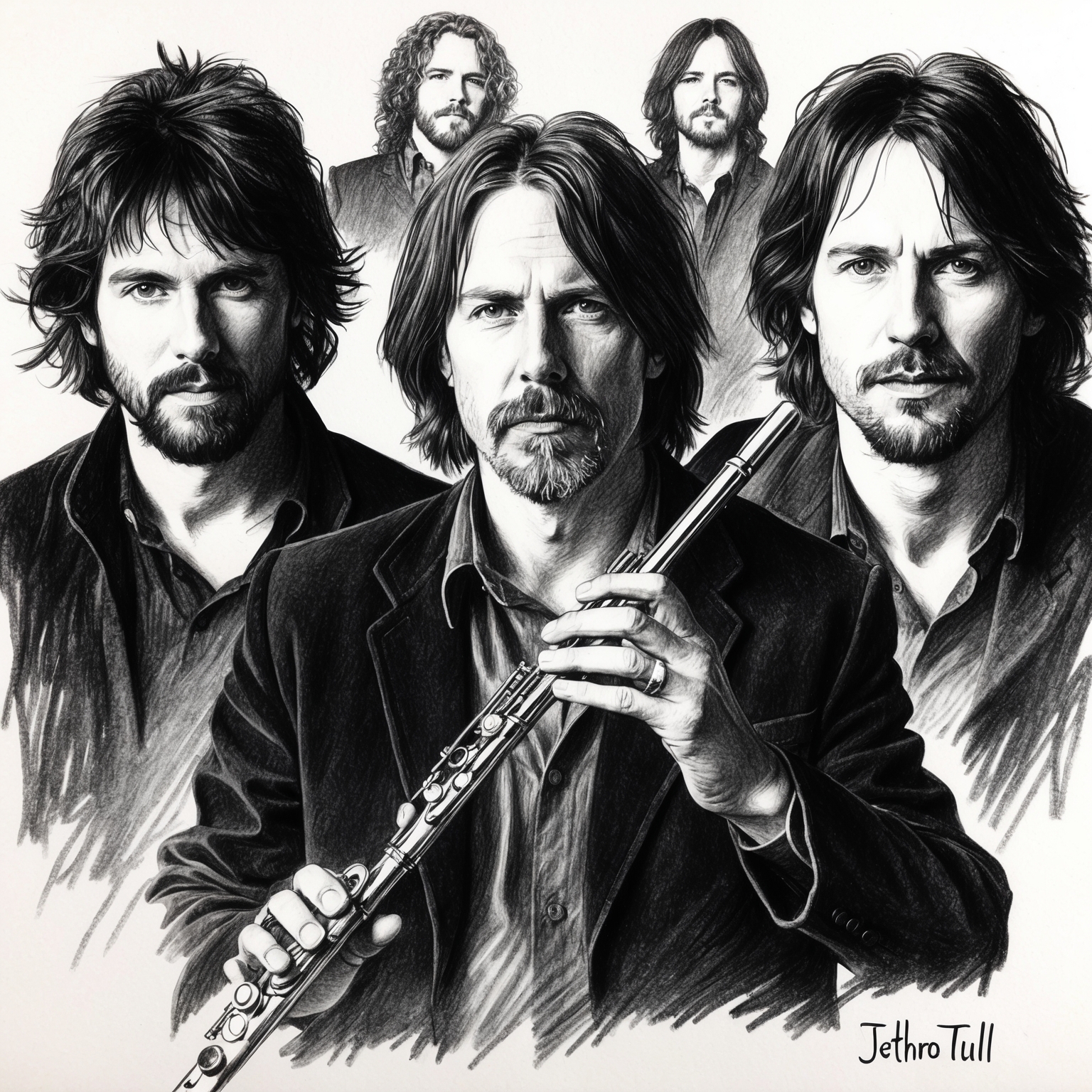
Jethro Tull stands as one of the most unique bands in rock history—a group whose signature blend of progressive rock, jazz influences, and classical music undertones transformed the music world. The band is often recognized as the brainchild of frontman Ian Anderson, whose distinctive voice and masterful flute performance became the hallmark of their sound. “Aqualung,” released in 1971, marks a pivotal turning point for Jethro Tull, both artistically and commercially. This song not only elevated the band to new heights but also immortalized their reputation for pushing the boundaries of mainstream rock.
Founded in the late 1960s, Jethro Tull originated when a group of British musicians, including guitarist Mick Abrahams and bassist Glenn Cornick, united under the emerging progressive rock umbrella. Their early years were defined by relentless tours across the UK, which solidified their presence in the lively London music scene. By the time “Aqualung” came around, the band had already undergone several lineup changes, with Martin Barre taking over lead guitar duties while Jeffrey Hammond became the bass counterpoint to Anderson’s intricate storytelling.
“Aqualung” emerged during a time when classic rock giants ruled the airwaves. In an era characterized by the counterculture movement and changing musical landscapes, Jethro Tull dared to infuse their artistic approach with conceptual narratives and exploratory arrangements. Collaborating on the album of the same name, the band focused on elevating their lyrical content while creating layers of musical complexity. It was a period of palpable creativity, with Anderson and his counterparts challenging each other to craft something both bold and timeless.
Ian Anderson: The Maestro Behind ‘Aqualung’
Discover the multifaceted artistry of Ian Anderson, the mastermind behind ‘Aqualung’, whose eclectic musical style and dynamic compositions have left a lasting mark on the progressive rock scene.
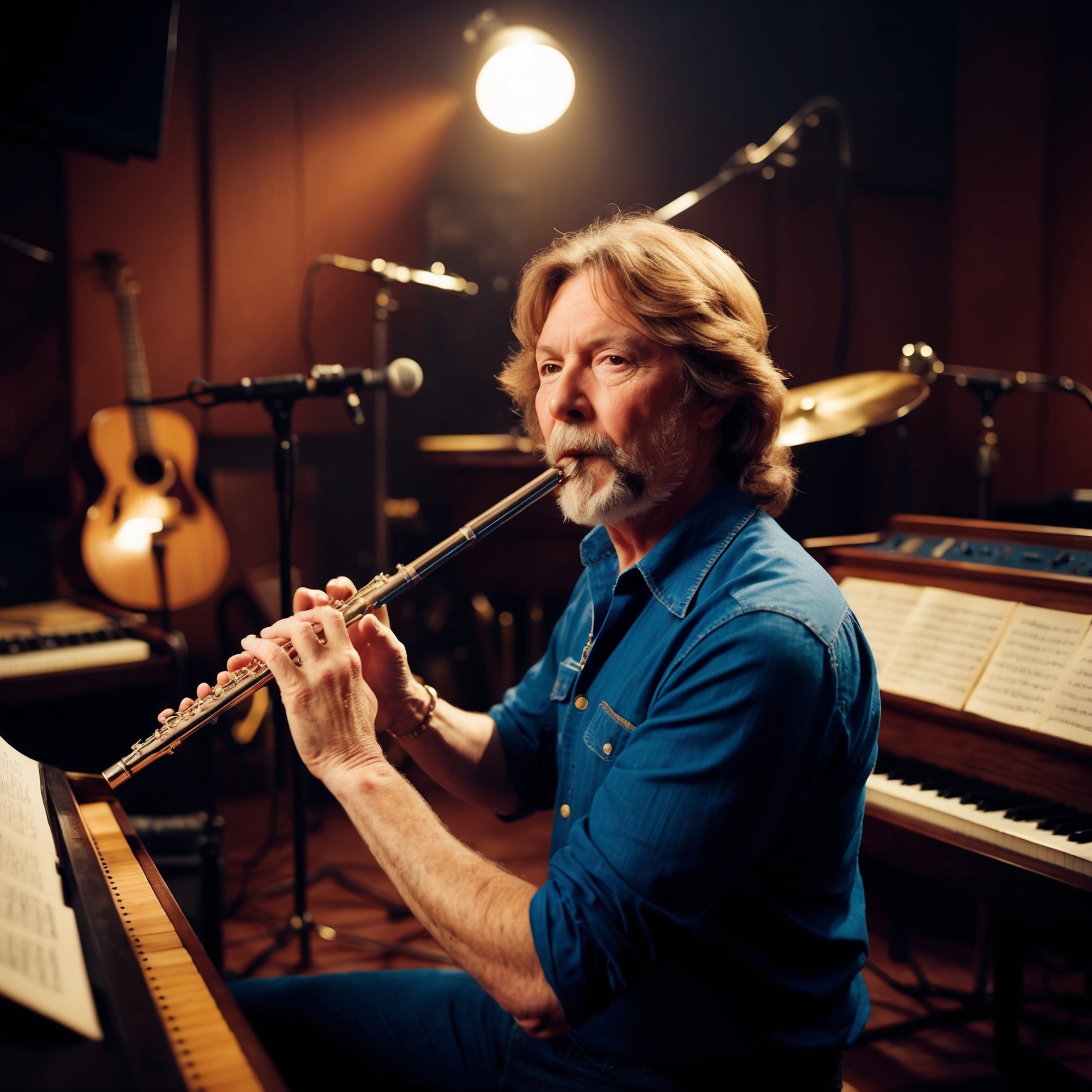
Ian Anderson, the charismatic frontman of Jethro Tull, is the primary composer behind the iconic track ‘Aqualung’. Born in 1947 in Dunfermline, Scotland, Anderson developed a passion for music early on, learning various instruments such as the flute, guitar, and saxophone. His musical journey saw a range of influences, from British folk to blues and classical, which distinctly shaped his innovative style. Anderson’s eclectic background provided the foundation that would later define the unique sound of Jethro Tull.
Renowned for his dynamic and theatrical stage presence, Anderson’s musical style is an intriguing amalgamation of progressive rock fused with elements of folk and classical music. His signature flute playing became a defining feature of Jethro Tull’s sound, setting the band apart from their contemporaries. Anderson’s distinct style allowed him to seamlessly incorporate unconventional time signatures and intricate arrangements, which are notably present in ‘Aqualung’. Throughout his career, Anderson has cited a diverse array of influences, spanning the likes of J.S. Bach to rock legends like Jimi Hendrix, reflecting his broad musical palette.
In composing ‘Aqualung’, Anderson took on the task of capturing the juxtaposition between the societal neglect of homeless individuals and larger existential themes, portrayed through the haunting lyrics and complex musical textures. Although not involved in the lyrics written by his then-wife, Jennie Anderson, Ian’s composition of the melody and instrumental arrangement profoundly complements the narrative of the song. Notably, the heavy guitar riff and flute interludes imbue ‘Aqualung’ with a sense of tension and drama, augmenting its introspective lyrics.
The Legacy and Recognition of ‘Aqualung’
Reflecting on ‘Aqualung’s’ legacy, the accolades and enduring appeal highlight its cultural impact beyond formal awards.
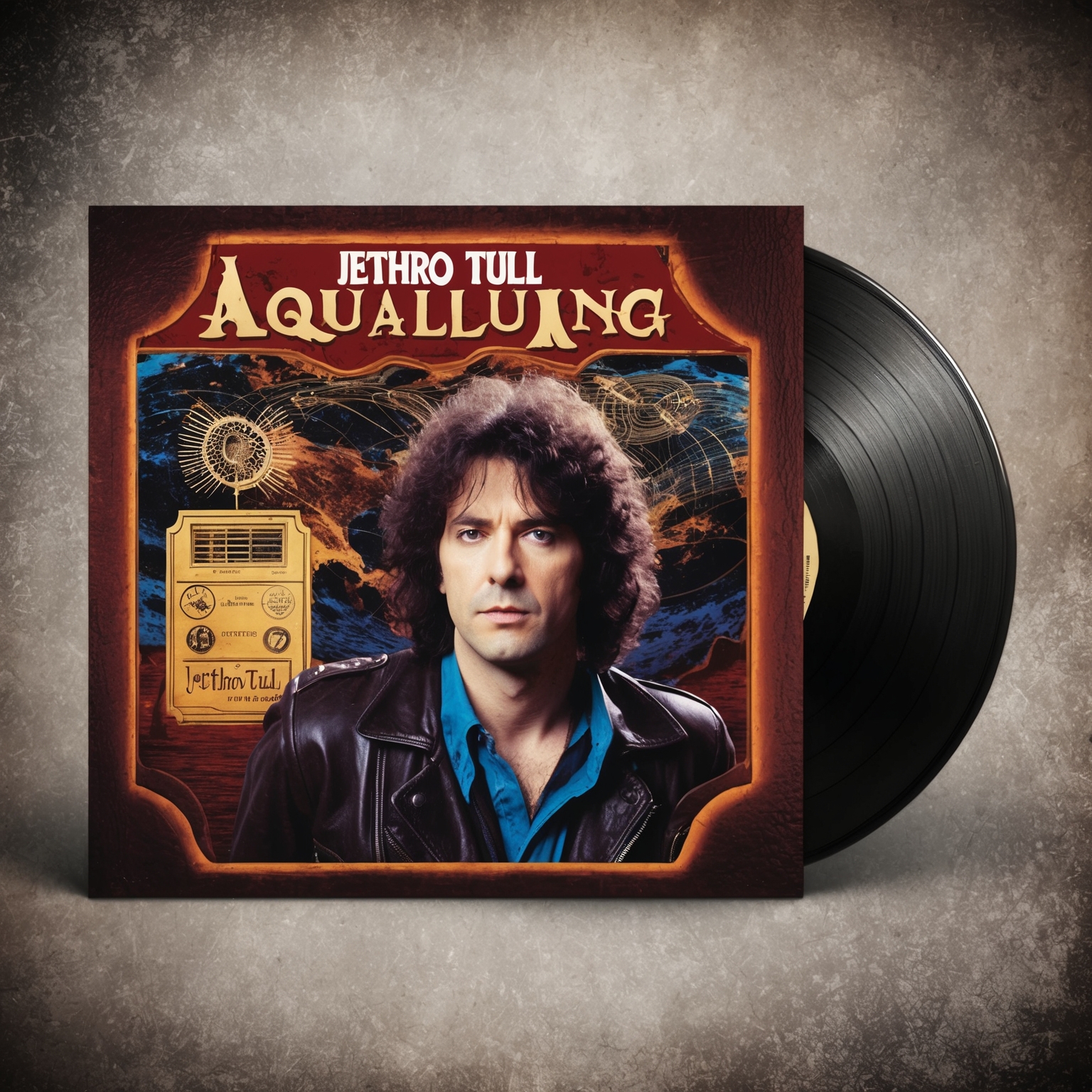
Aqualung may not have garnered numerous awards at the time of its release, but its impact on rock music is undeniable. The song, released as a part of Jethro Tull’s 1971 album of the same name, has become emblematic of the band’s sound and artistic range. Over the years, its reputation as a staple of classic rock radio continues, earning it a unique place in music history.
Though ‘Aqualung’ itself hasn’t collected formal industry awards like a Grammy, it’s the kind of track that receives more intangible accolades – namely, its endurance and the respect it commands in the progressive rock community. It has consistently ranked in critics’ lists of essential rock tracks, praised not just for its musical brilliance but also for its lyrical depth.
In terms of covers, ‘Aqualung’ has inspired a variety of artists to add their unique interpretations to its legacy. For instance, well-known bands such as Helloween and Jason Newsted have delivered electrifying covers, showing the song’s ability to cross genres from folk-rock to metal. These renditions pay homage to Jethro Tull’s composition while showcasing the enduring allure of ‘Aqualung.’ Moreover, the song has appeared in film and television, subtly making its mark on popular culture. Its instantly recognizable riff can sometimes be heard in period pieces capturing the essence of early 70s rock culture.
Chart Triumphs and the Understated Success of ‘Aqualung’
Aqualung’s’ chart success might not have been explosive, but its enduring legacy showcases its worth beyond initial numbers. The album’s rise to No. 7 in the Billboard 200 played a crucial role in securing the song’s classic status.
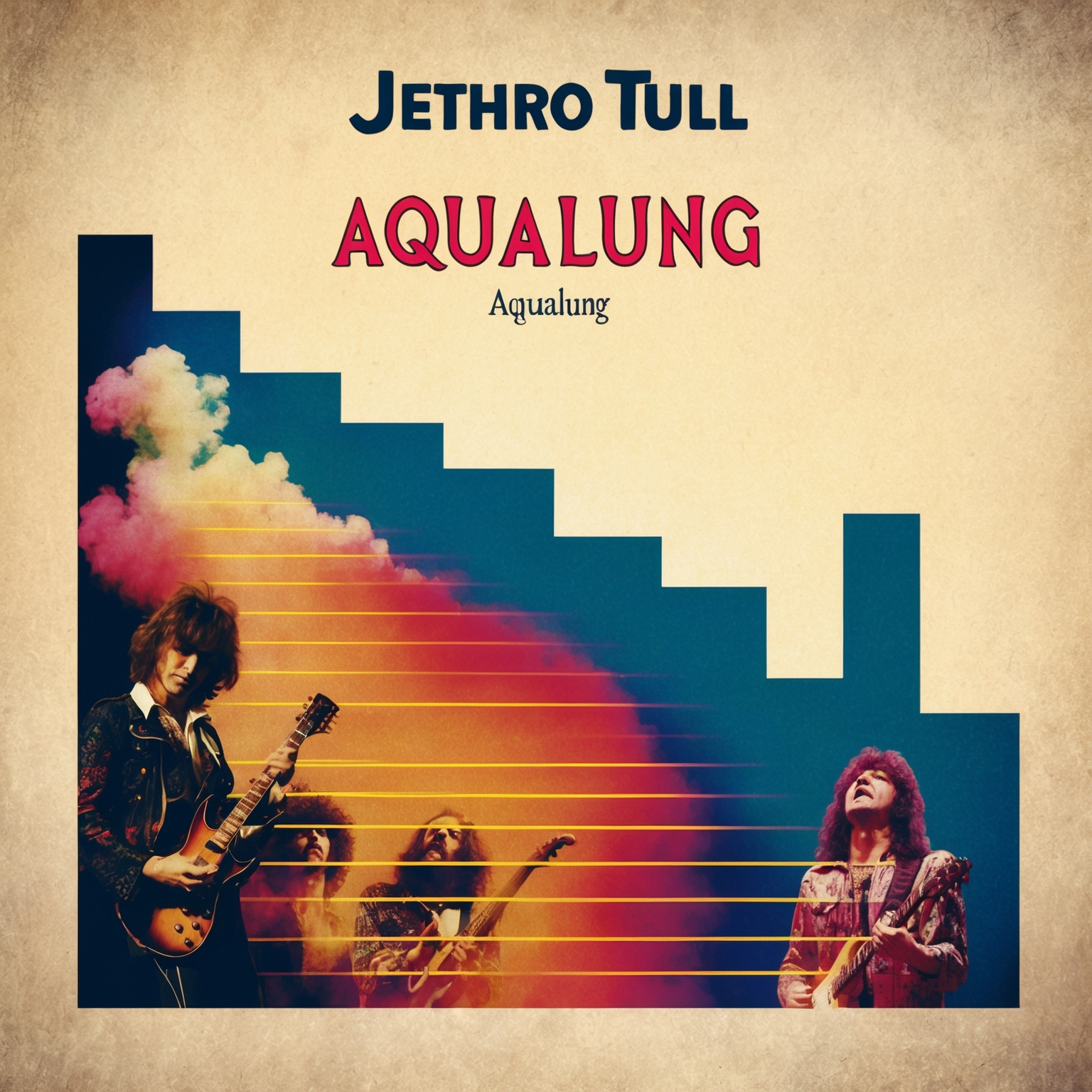
Upon its release in March 1971, ‘Aqualung’ by Jethro Tull made a significant mark on the rock landscape, though its journey up the charts was more of a steady climb than an explosive launch. While the title track did not secure a top position on mainstream charts — a fact that might surprise those familiar with its prominence now — it found its way into the canon of classic rock through persistence and resonance with its audience. In the U.S., ‘Aqualung’ the album reached as high as No. 7 on the Billboard 200 chart, which significantly aided the song’s visibility and influence.
Despite lacking initial chart-topping status as a single, the song became a mainstay on rock radio, cementing Jethro Tull’s presence in the music scene. Compared to the chart success of its contemporaries, ‘Aqualung’ didn’t achieve the immediate commercial success like many hits of its era. This deviation perhaps highlights Jethro Tull’s unique position in rock, where their success wasn’t just quantified by the chart numbers but rather by the enduring legacy and loyalty of their fanbase.
The juxtaposition of ‘Aqualung’s slow but steady rise with other chart-topping contemporaries illustrates its long-term impact rather than transient popularity. Its complexity and lyrical depth provided listeners something more substantial than a catchy chorus or easy hit. The initial marketing of the track leveraged its compelling themes and the band’s dynamic live performances, making ‘Aqualung’ an intriguing draw for those seeking more profound musical experiences. With time, the song has proven its worth through sustained airplay and cultural resonance, often featured in media and covers by various artists, ensuring its place as a timeless piece in rock music history.
Exploring Visual Interpretations: From Stage to Screen
While ‘Aqualung’ lacks an official music video, live performances and fan-made visuals underscore its enduring appeal and storytelling prowess.

Despite ‘Aqualung’ by Jethro Tull not having an official music video in the traditional sense, its live performance interpretations and fan-created visuals serve as a testament to its enduring appeal and ability to inspire creative expression. These representations capture the raw energy and intricate storytelling that defines both the song and the band’s unique style.
Jethro Tull’s live performances of ‘Aqualung’ often take center stage in visual representations. These renditions highlight Ian Anderson’s dynamic stage presence, with his prominent flute playing and theatrical flair bringing the song’s story to life. Fans of the band frequently echo these performances in their own creations, where animation and montage come together to depict the song’s gritty urban themes and complex characters.
While there is no celebrity cameo or notable director to credit for an official ‘Aqualung’ music video, the song’s impact is often amplified through its presence in the digital age. Fan videos, featuring synchronized imagery and live footage, have garnered significant attention, strengthening the song’s cultural footprint. These visually creative fan tributes not only keep the momentum of ‘Aqualung’ alive but also echo its timeless narrative in a modern-day setting.
The Intricate Framework of ‘Aqualung’
“Aqualung” by Jethro Tull features a complex musical framework, blending folk and progressive rock elements in a song that’s both haunting and richly detailed. Through a dynamic interplay of melodies and rhythms, its instrumentation and structure mark a significant evolution in the band’s discography.
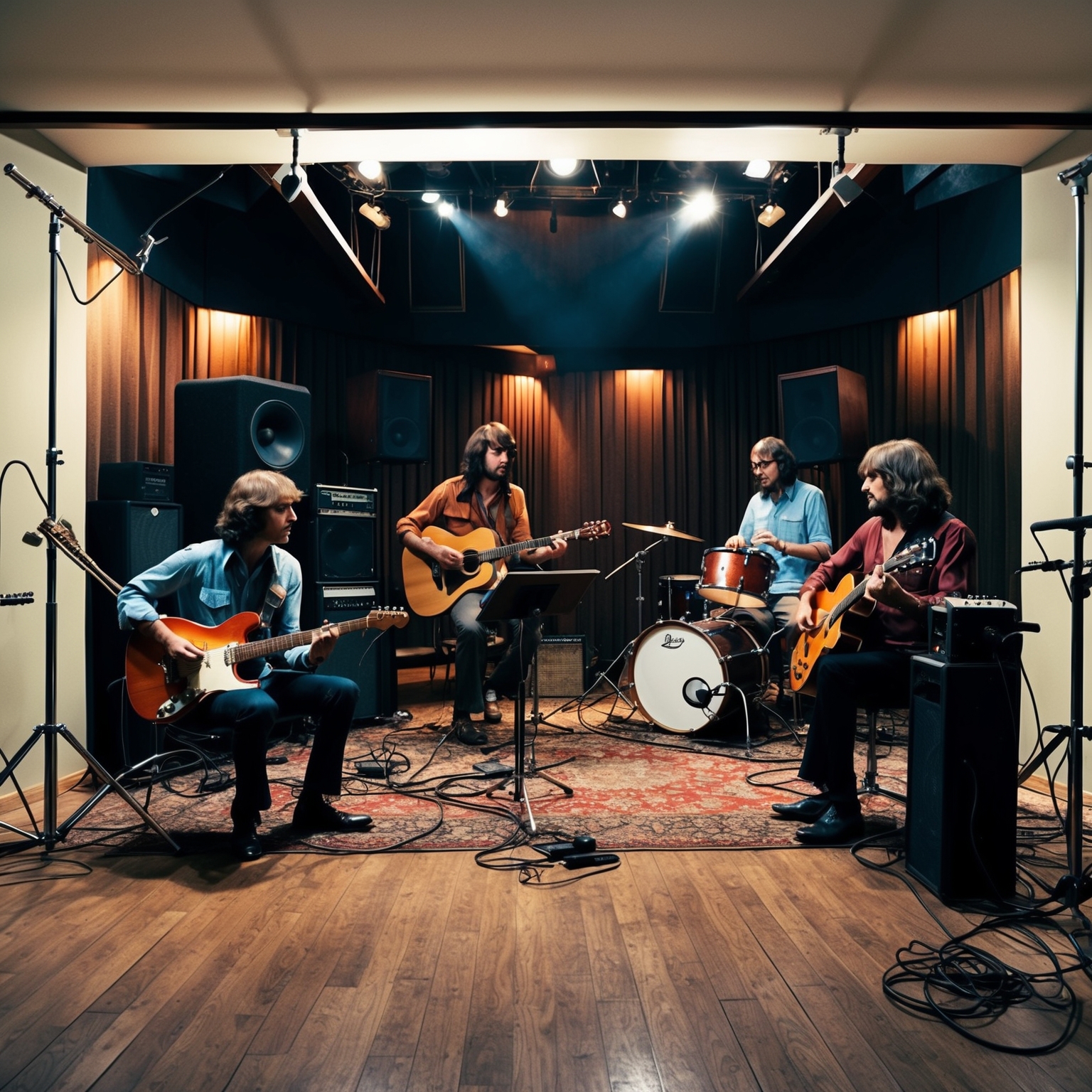
Jethro Tull’s iconic song “Aqualung” is renowned for its intricate musical structure, which ingeniously combines elements of folk rock and progressive rock. The song is primarily written in the key of G minor, setting a somber, reflective tone that complements its thematic content. Its chord structure is complex, weaving through various progressions that create a rich tapestry of sound. The tempo is moderate, allowing for both powerful moments and subtle nuances.
The melody of “Aqualung” is both haunting and captivating, driven by Ian Anderson’s expressive use of voice and the dynamic interplay of his flute. The harmony is layered, often relying on multi-stringed instrumentation to create depth. A notable feature is the counter-melody provided by the guitar, which adds a narrative quality to the piece. The rhythm is marked by abrupt shifts, fitting the theme’s emotional intensity, with Martin Barre’s guitar playing offering sharp, punctuated riffs that accentuate these shifts.
Instrumentation plays a crucial role in “Aqualung,” with each instrument contributing uniquely to its sound. Anderson’s flute is particularly distinctive, giving the song a unique signature that has become synonymous with Jethro Tull’s identity. The use of acoustic and electric guitars provides a contrast that echoes the song’s themes of dichotomy between the sacred and the profane. The interplay between bass and drums maintains a driving force throughout, creating a foundation on which more ornate musical structures are built.
In the context of Jethro Tull’s discography, “Aqualung” serves as a pivotal track that marks the band’s transition into more complex thematic and musical territories. Previous albums had dabbled in the progressive rock realm, but “Aqualung” fully embraced it, combining storytelling with musical innovation. Comparatively, it stands out not just for its lyrical depth but also for its refined musical sophistication, heralding a new era for the band.
Recorded at Island Studios in London under the helm of producer Terry Ellis, “Aqualung” was subject to meticulously crafted production processes. Anecdotes from these sessions reveal a band committed to pushing the boundaries of rock music, often recording late into the night to perfect the intricate arrangements that the album demanded.
Deciphering Aqualung: A Deep Dive into Jethro Tull’s Iconic Lyrics
Explore the intricate and impactful lyrics of Jethro Tull’s **”Aqualung”**, delving into its themes of isolation and social neglect, narrative style, and literary techniques that evoke deep reflection and emotional resonance.
Eyeing little girls with bad intent
Snot’s running down his nose
Greasy fingers, smearing shabby clothes
Hey, Aqualung
Drying in the cold sun
Watching as the frilly panties run
Hey, Aqualung
Feeling like a dead duck
Spitting out pieces of his broken luck
Oh, Aqualung
Sun streaking cold
An old man wandering lonely
Taking time the only way he knows
Leg hurting bad
As he bends to pick a dog-end
He goes down to the bog and warms his feet
Feeling alone
The army’s up the road
Salvation a la mode and a cup of tea
Aqualung, my friend
…
******* This Lyrics is NOT for Commercial use *******
 The lyrics of **”Aqualung”** by Jethro Tull present a stark and vivid narrative that pulls listeners into the gritty world of the song’s titular character. At face value, the song describes a disheveled man sitting on a park bench, watching life pass him by with a disconcerting sense of detachment. This imagery sets a somber tone, highlighting themes of isolation, societal neglect, and the struggle of the marginalized. However, beneath these literal observations lies a profound social commentary, inviting listeners to reflect on the broader implications of Ignorance and indifference.
The lyrics of **”Aqualung”** by Jethro Tull present a stark and vivid narrative that pulls listeners into the gritty world of the song’s titular character. At face value, the song describes a disheveled man sitting on a park bench, watching life pass him by with a disconcerting sense of detachment. This imagery sets a somber tone, highlighting themes of isolation, societal neglect, and the struggle of the marginalized. However, beneath these literal observations lies a profound social commentary, inviting listeners to reflect on the broader implications of Ignorance and indifference.
One of the most striking aspects of Ian Anderson’s lyrics is their blatant, unapologetic storytelling, told in the third person. Through vivid imagery and unflinching language, listeners are introduced to ‘Aqualung,’ whose life is depicted in snippets of humiliating moments — snot running down his nose and greasy fingers smear shabby clothes. This raw portrayal creates an intense emotional impact, delivering a powerful critique on how society often turns a blind eye to the less fortunate, rendering them invisible.
**Aqualung** employs a range of literary devices to amplify its message, such as metaphors and alliteration. For instance, lines like, ‘feeling like a dead duck’ and ‘spitting out pieces of his broken luck,’ not only contribute to the song’s desolate atmosphere but also offer metaphorical insight into Aqualung’s internal turmoil and failed desires. This expertly crafted use of language serves to not only narrate the story but also evoke empathy and contemplation among listeners.
Beyond its immediate narrative, the lyrics of **”Aqualung”** are rich with cultural and social references. Released during the early 1970s, the song mirrors the societal outlook of its time, reflecting on issues of economic disparity and the perception of vulnerability. While the era in which it was written may influence some interpretations, its themes remain timeless and resonate across generations. Over the years, fans have speculated about hidden meanings or inspirations drawn from literature or art; however, the song’s real strength is its ability to provoke thought and dialogue on the human condition and the responsibilities of a conscientious society.
Did you know? 🎶 Jethro Tull’s Ian Anderson became famous for his one-legged flute stance during live performances, a habit he started in the late ’60s! While it’s iconic on stage, there’s no evidence he did this during the recording of Aqualung. #RockLegends #Aqualung #MusicTrivia https://bit.ly/3YEc3I1
Click to Tweet



